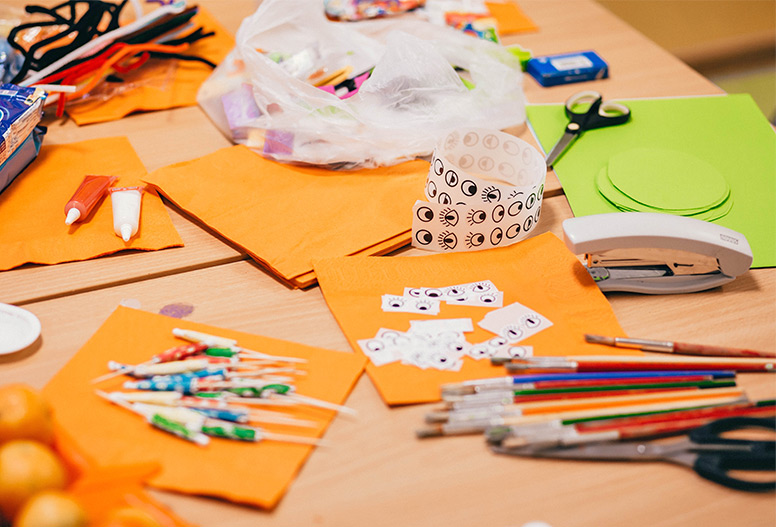
The Value of Arts Education in the Classroom
Crafts and arts as a subject within the curriculum of schools are usually considered essential for kids and children within the formal educational system. However, in the last few years, a lot of schools have cut back on the arts component of their curriculum. Theatre, painting, and music are rapidly disappearing.
It is no secret that crafts and arts are enjoyable activities for children. It could be colouring with crayons, creating miniature sculptures out of clay and folding paper into beautiful origami, or making the perfect birthday card from scratch. There are many art and craft activities that can boost the enthusiasm of children and tap their creative potential.
In introducing art and craft to children and encouraging children in activities like these in schools, you can invest in their physical, cognitive, and social growth. These are the advantages of incorporating arts and crafts into the education curriculum:
Physical Benefits
Fine motor development
Arts and crafts activities help with the development of fine motor skills because the bulk of them require moving hands and fingers. Simple tasks like holding a brush and colouring with pencils can help build muscles and increase their control.
Enhances dexterity
Crafts and arts activities help children develop the ability to move and agility. Through the development of fine motor skills and lots of repetition, children's hand dexterity, artistic ability as well as speed will grow.
Improved hand-eye coordination
Engaging in activities that are related to crafts and art at a young age can lead to an enormous increase in hand-eye coordination. This can help children in the later years of primary school when they are creating words and spacing letters.
Social Benefits
Be able to appreciate art and culture
Through art and craft, children are taught to appreciate the beauty of artefacts and images across different cultures and time periods. The experience gained in art, design, and crafts allows students to critically evaluate their work as well as those created by others.
They are taught to behave and think like artists and designers by working creatively and with intelligence. They also learn about the preservation of art through heritage. The majority of the information we now have on people who lived thousands of years ago was derived through art.
Enhances self-expression
Through the pursuit of artistic pursuits like music and crafts and arts, children can express their feelings in a positive, real and meaningful way. They also learn to make art of their own.
It helps in connecting with others
Participating alongside other students in classes in art offers children the chance to meet new people and share a common interest. The process of creating arts and crafts also helps strengthen bonds between parents and their children.
Builds confidence
Children's self-confidence is boosted and their sense of accomplishment is instilled through arts and crafts activities.
Cognitive Benefits
Enhances creativity
The ability to create anything the child's heart desires can help foster imagination.
Enhances the ability to make decisions
Children learn to make effective and correct decisions when faced with creative problems. This can help them create a problem-solving mindset which helps their future.
Increases memory and improves visual learning
Children learn about new colours and shapes by doing activities like arts and crafts and also become familiar with various patterns and figures. Things like learning how to play an instrument, jewellery making, and many more require a visual representation and a recollection of intricate designs.
Crafts and arts not only assist in the above-mentioned characteristics but also help in improving academic performance. In addition, they are enjoyable for children. Creating a vibrant flyer showcasing the myriad benefits of arts and crafts in education could serve as a powerful advocacy tool to raise awareness and encourage reinstating these vital components in school curricula.
About the Author: Emma Flores
Emma Flores is lucky enough to turn her interests into a profession. Editor and proofreader on workdays as well as a freelance writer during weekends, and a mother all the time and love her time most in the morning, with headphones on. Emma is a part of https://studycrumb.com/ to provide tips for making academic papers that are of high-quality standards.












